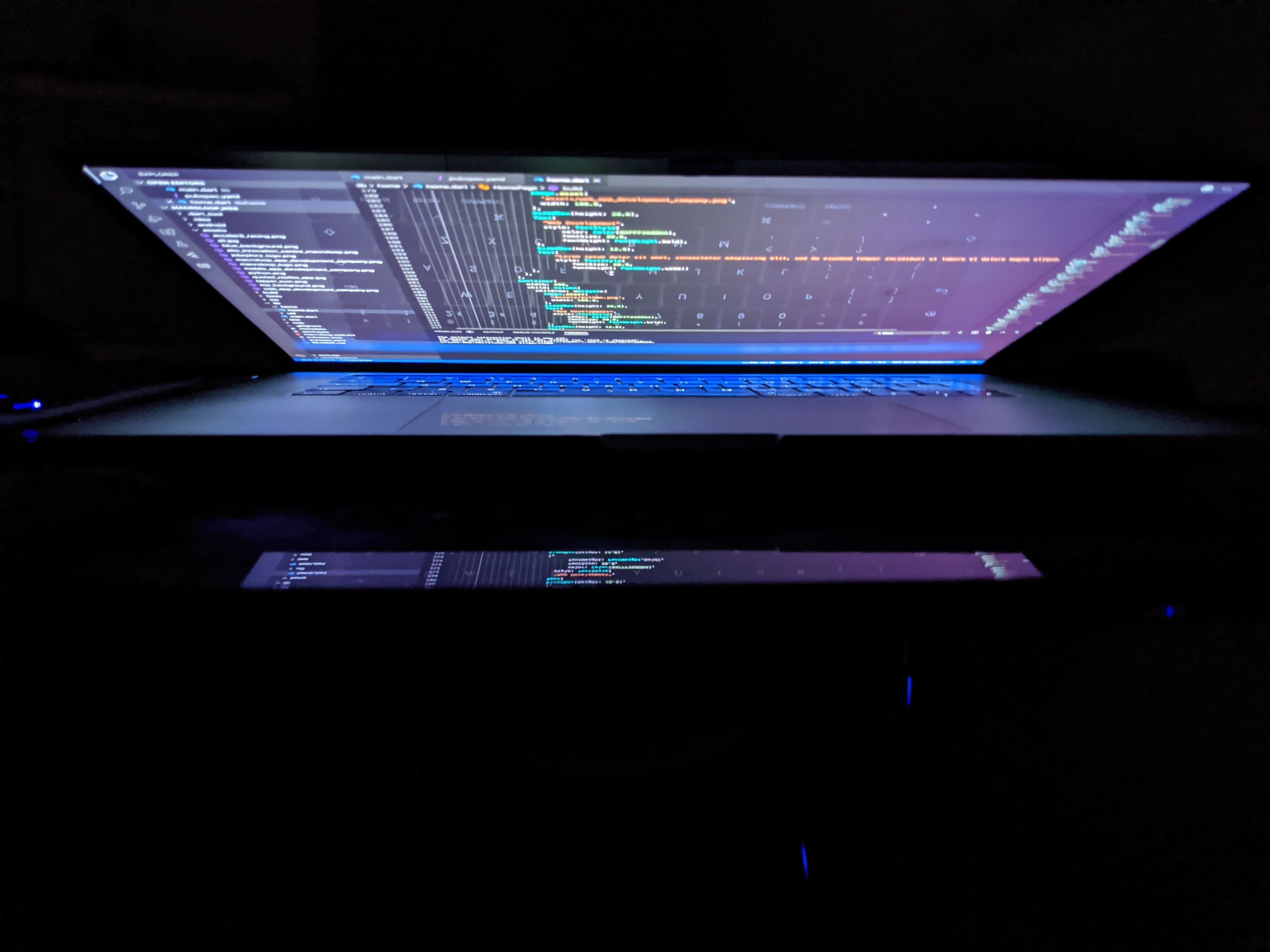Major banks — including JP Morgan and Barclays — and technology companies like Google, Twitter, Facebook, and Square are just some of the organizations that have embraced remote work as part of their business models. In fact, three-quarters of the 43 large companies surveyed by The Times spoke of moving towards flexible working policies permanently.
It’s time for organizations to get serious about implementing the security measures necessary not only for securing remote edge devices and entry points, but also to make these measures part of a unified, comprehensive strategy. All of this forms a single, integrated security framework designed to simplify management and expand visibility and control.
Fortunately, most organizations now have the data and know-how necessary to understand how remote work impacts their applications, life cycle, and IT infrastructure, as well as its effect on traffic to applications that are located on-premises and in the cloud.
The consequences of poor cybersecurity hygiene while working remotely can include anything from compromised sensitive data to unauthorized access to the organization's infrastructure. Secure communications while working remotely can be ensured by the combination of technical solutions and controls with proper employee operations security (OPSEC).
“Typically, when it comes to securing your teleworkers, the first item on the agenda is developing a corporate policy. This policy should outline what’s acceptable in a remote working environment, how data is handled, what levels of authorization are available, etc. Risk-based decisions can also be made depending on the types of devices employees use for teleworking (for example, company-issued devices, personal laptops or smartphones, etc.). Devices that haven’t been issued specifically by the company should be subject to more stringent controls,” says Ms. Gurinaviciute.
Organizations need to get up to speed and take measures that ensure data security:
- Content storage should be allowed in the cloud only. Use cloud- or web-based storage software that allows for sharing and editing of documents (for example, Cisco Cloudlock).
- Endpoint security using two-factor authentication. This adds a second layer of security when logging in to important applications. Multi-factor authentication uses OTP (one-time password) technology, certificate-based USB tokens, smart cards, and additional advanced security technologies.
- Any connections to the company’s network should be performed through a VPN (Virtual Private Network), which uses either SSL (Secure Sockets Layer) or IPsec (Internet Protocol Security) to encrypt communications from the remote worker’s machine; This safeguards both the end user and corporate environment, ensuring that no one is able to decipher sensitive data traffic.
- Risk management contingency plan. It’s essential to have the possibility to either track a laptop or wipe it remotely in case a remote worker loses a laptop with sensitive business information on it.
Combining remote workers with cloud infrastructures can present numerous business opportunities. But without the right cybersecurity and operational framework, the cloud presents serious challenges that can have far-reaching repercussions.


